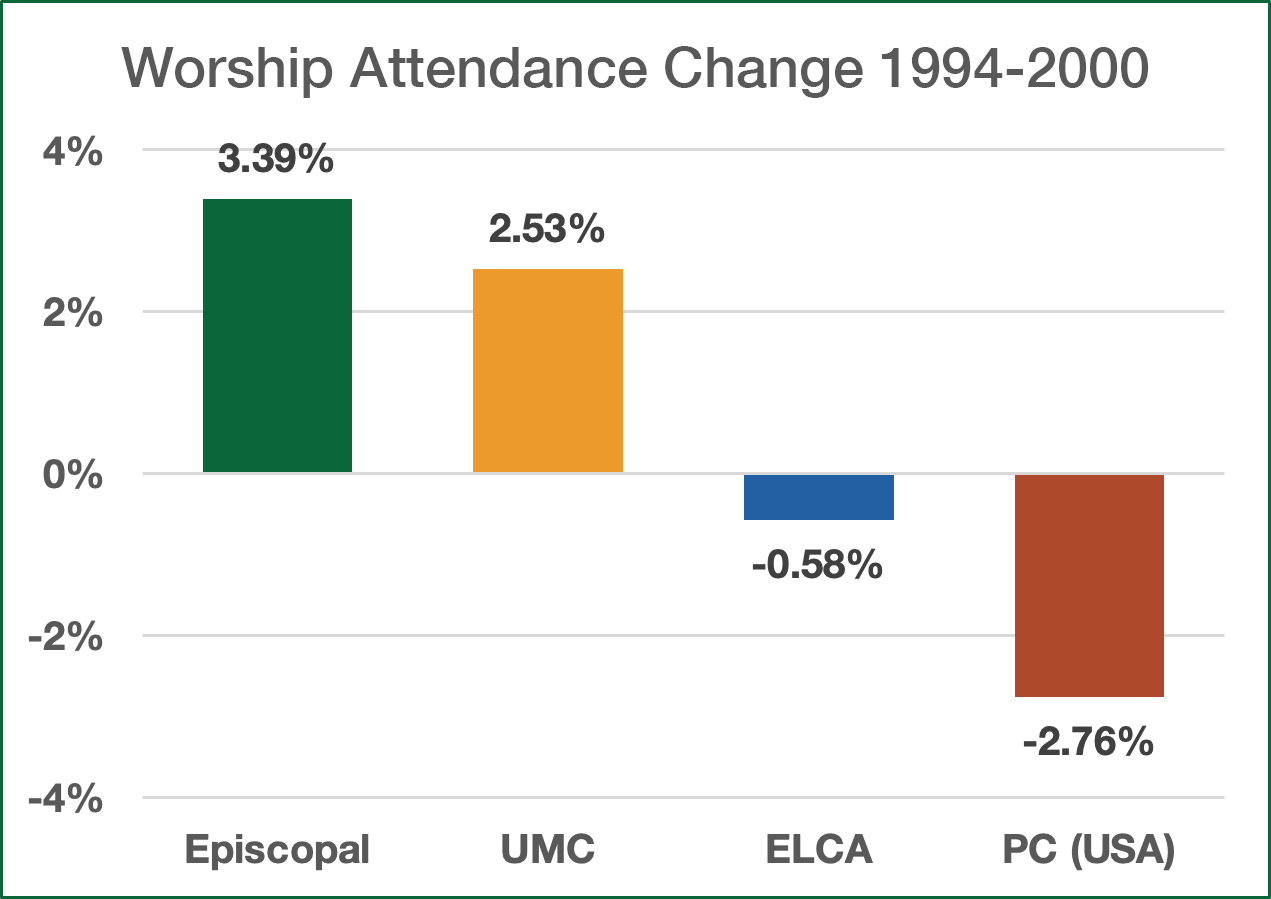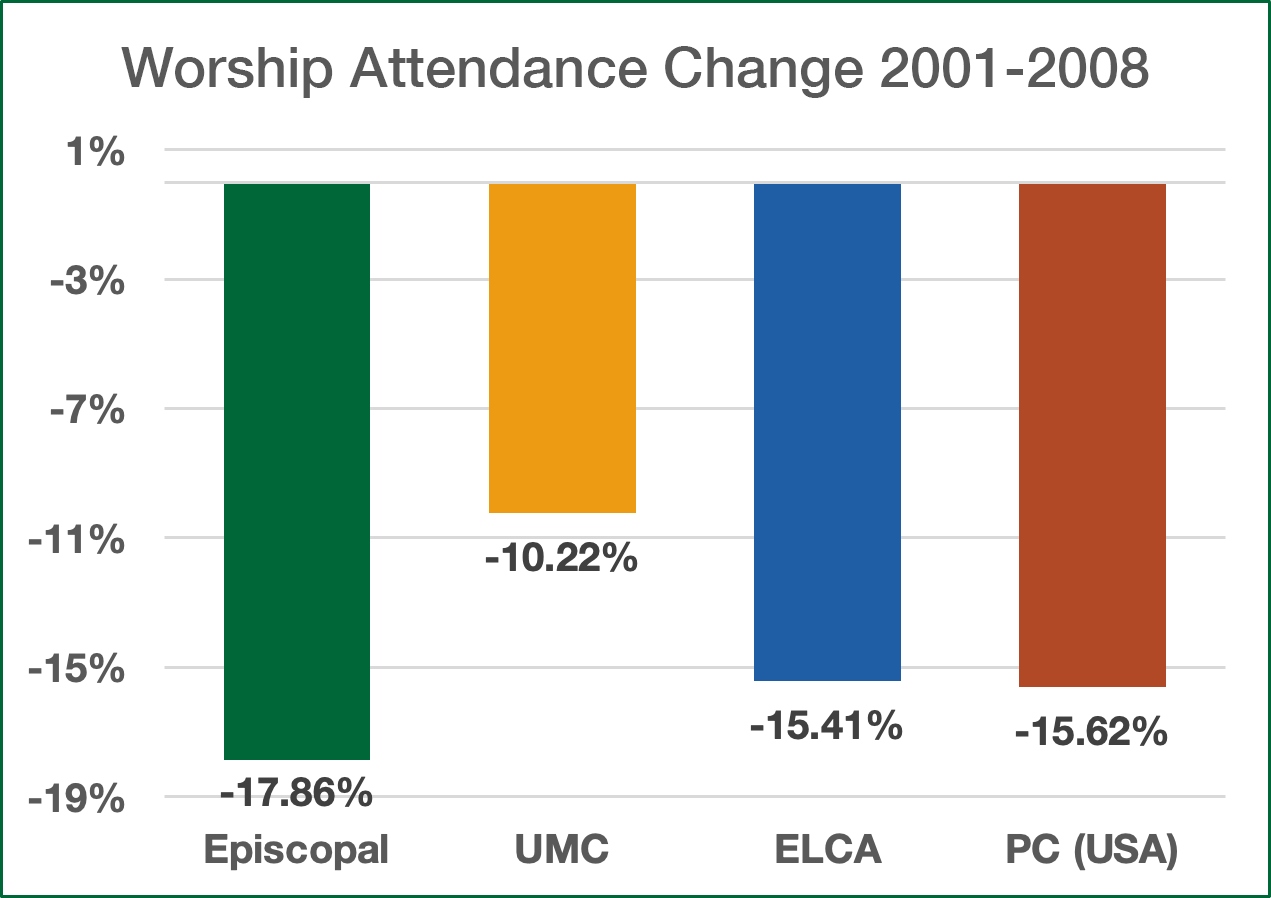Many churches today lament worship attendance numbers that have not returned to pre-pandemic levels. Lovett H. Weems Jr. says this is an unhelpful comparison. He recommends that churches turn their attention away from the past and focus on a bold and future-oriented goal to reach new people in your community.
Churches continue to celebrate moving beyond the total shutdown of in-person worship experienced during the height of the pandemic. But amid the joy of being back together to worship, there is in many churches a keen awareness that things are not exactly the way they used to be. In many churches, not everyone has returned. And their leaders may believe that the church is not truly “back” since they do not have the pre-pandemic worship numbers of 2019. Is that, however, a helpful measure for worship life in 2023? The starting point for improving worship attendance is rather to focus on those attending now. Using your pre-pandemic attendance as a goal is not likely to be helpful.
The pandemic merely accelerated an existing trend. Looking at attendance trends before the pandemic, worship attendance was relatively good in the 1990s. It was not unusual for denominations that had regularly declined in attendance to show increases or breakeven numbers during that decade. Any increases in attendance were modest but welcomed after so many years of consistent decline.
The worship recession
But despite relatively stable modest attendance increases in the 1990s, things have changed! Beginning in 2002, an attendance decline began that has continued every year since. The decline has been across the U.S. and among virtually every denomination. I call it a “worship recession.” It continued right into the pandemic. There are many explanations for these dramatic declines. No one reason explains everything. But pastors tend to agree that a major reason is that during this period, the definition of “regular attendance” changed. People who before the pandemic considered themselves regular attenders for worshipping three or four times a month now consider themselves regular attenders for attending once or twice a month.


The World Health Organization declared COVID-1 a pandemic in March 2020. Where are we now? There is much variation among churches. The Pew Research Center in March 2022 found that two-thirds of people who normally attended at least once a month had returned to worship, though not all in-person. In-person numbers appear to have increased since that March 2022 assessment, but churches report a broad range of attendance now compared to before the pandemic, with most reporting something between 50 and 90 percent of pre-pandemic attendance.
The pandemic is only one factor.
One reason that pre-pandemic attendance is not the best measure for comparison is that most churches would have fewer in worship today if there had been no pandemic. I’m not suggesting that church leaders should be satisfied with lower attendance numbers. But you do have to start where you are now and not waste time and emotional energy longing for a return to a past that was not doing very well anyway. The worship most churches offered prior to the pandemic was worship that regularly reached fewer people each year. Simply going back to worship that was connecting fewer people with God’s love each year is not a worthy goal.
So, what can we do? First, begin with the people there and celebrate the joy of health, community, and the presence of everyone who worships in person or virtually. Second, turn your attention away from “before the pandemic” and focus on the future. Third, see all the people in your community that God has given you as the potential reach of your worship.
Develop a new measure.
My recommendation for looking ahead is to develop a measure by which all worship plans are made: It needs to be bold and future oriented. It will grow out of your mission and see all people as your constituency. Here is an example. You may improve on it.
Our church will offer worship in ways that engages ever more people with God’s love through Jesus Christ.
Without a guide like this, decisions will be based on the preferences of those already there or on what is most comfortable for those leading worship. Do we continue offering virtual worship? Do we return to two services or stay with one? Do we resume our choirs? Do we resume in-person delivery of gifts to first-time guests? Think how differently these questions will be answered now that you have a common measure for such decisions.
Worship is central to the church’s mission. Its planning and implementation deserve all the positive energy available to reach those God has given us with truly good news amidst all the chaos of our time.
Related Resources
- How Has COVID-19 Impacted Religious Participation? by Amy Kubichek
- Positioning Your Church for Growth in a New Season of Ministry by Tony Morgan and Ann A. Michel — Podcast episode | Podcast video | In-depth interview
- Improving Worship Attendance in a Post-Pandemic World, a Lewis Center webinar recording
If you would like to share this article in your newsletter or other publication, please review our reprint guidelines.







